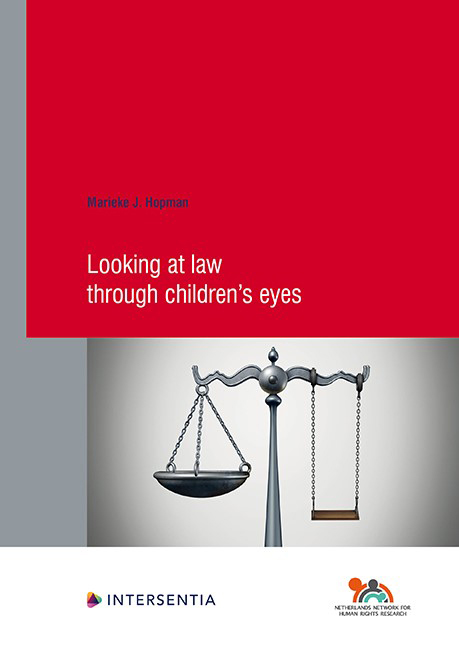Summary
On 20 November 1989, the UN General Assembly adopted and opened for signature, ratification and accession the Convention on the Rights of the Child (hereafter: CRC). Since that day, all 197 UN member states have signed the convention, of which 196 have ratified/acceded to the convention, the only exception being the United States of America. This means that children's rights are universal – at least in theory. The idea behind the Convention, as stated in its preamble, is that, since “childhood is entitled to special care and assistance”, the child “for the full and harmonious development of his or her personality” should “grow up in a family environment, in an atmosphere of happiness, love and understanding”, should be “fully prepared to live an individual life in society”, and should to this purpose be “brought up in the spirit of peace, dignity, tolerance, freedom, equality and solidarity”.
Concretely, the Convention therefore states that a child is “every human being below the age of eighteen years” (art. 1) and grants children, among others, the right to non-discrimination (art. 2), the right to life and healthcare (art. 6, 24), the right to a name, a nationality and preservation of her/his identity (art. 7, 8), the right to protection against: sexual abuse and violence (art. 19), economic exploitation and child trafficking (art. 32, 34), abduction (art. 35) and torture (art. 37), the right to participation and freedom of expression (art. 12, 13), and the right to education (art. 28, 29).
Meanwhile, although positive trends have been reported, children's rights are still grossly violated on a daily basis and on a global scale. According to UNICEF data, worldwide at least 1 in 3 children is not growing well due to malnutrition, 3.9% of children die under the age of 5, 9% of children do not learn how to read and write, and 30% of children do not have access to safely managed drinking water service.
Children's rights researchers work to understand why these rights violations happen and what can be done to improve the protection of children's rights worldwide.
- Type
- Chapter
- Information
- Looking at Law through Children's Eyes , pp. 1 - 6Publisher: IntersentiaPrint publication year: 2021



